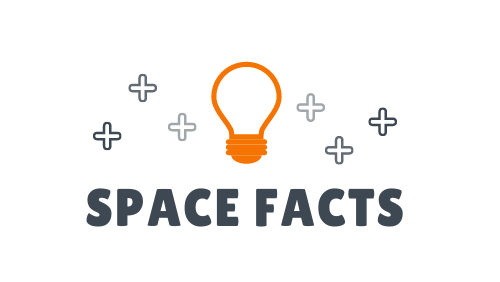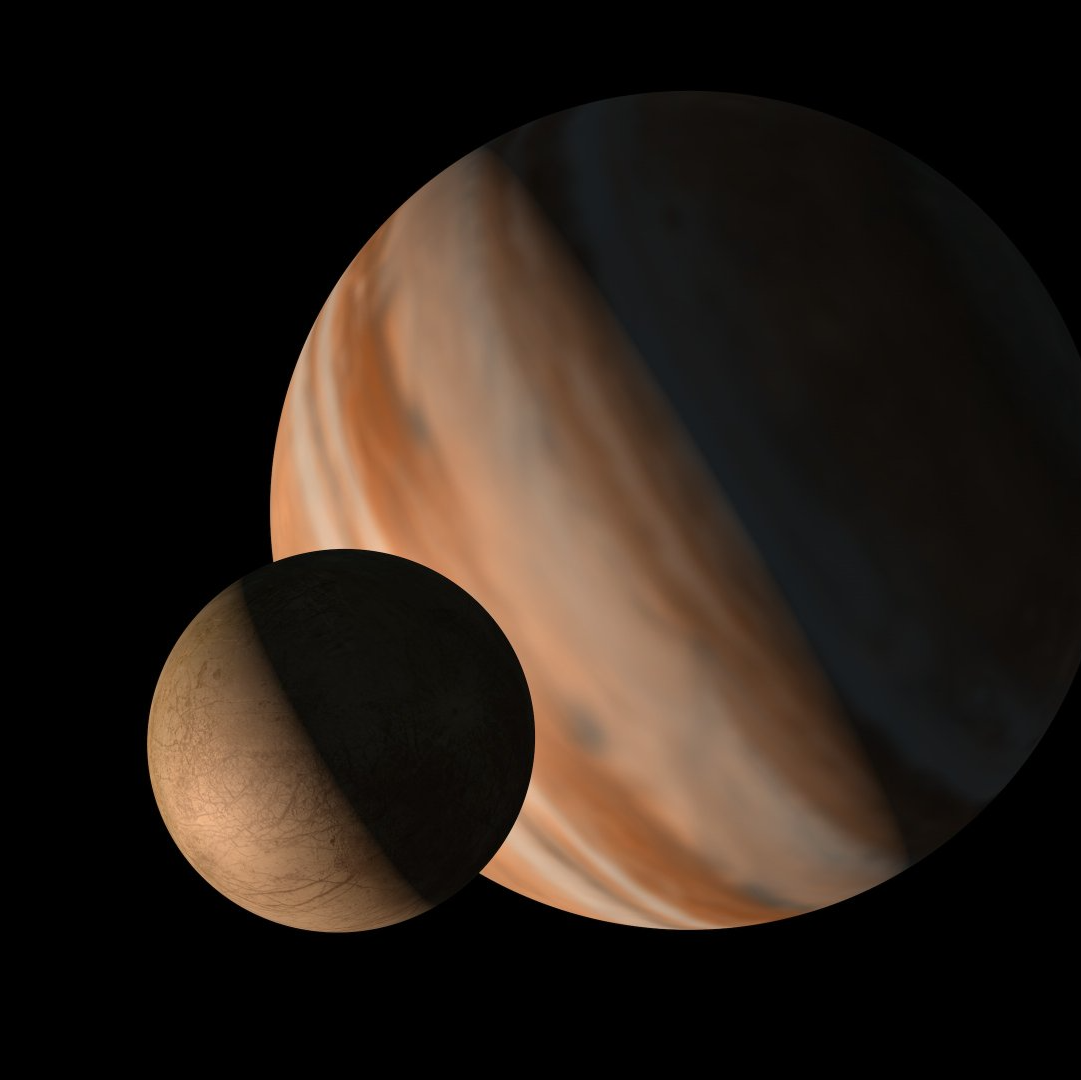Jupiter Facts
JUPITER FACTS
The home of interesting Jupiter facts for kids and adults.

The Planet Jupiter Factfile
| Jupiter | |
|---|---|
| Position from the Sun | 5 |
| Diameter | 4,879 km |
| What is the mass? | 318 Earths |
| How many moons? | 79 |
| How far long is the orbit distance? | 778,340,821 km |
| How long does it take to orbit the sun? | 4,444 days |
| Whats the temperature on Jupiter? | -108°C |
| When was Jupiter discovered? | 7th or 8th century BC |
| Who first discovered Jupiter? | Babylonian astronomers |
10 Facts about Jupiter you didn't know.
1. Jupiter is 318 times the size of Earth.
Jupiter is the largest planet in our solar system. Jupiter is 318 times the size of Earth. It's so ginormous, that even if you added all the planets in the solar system it would still be 2.5x bigger.
Did you know?
If Jupiter got any bigger, it would actually get smaller. Any more mass and the planet would start pulling itself in. Some Astronomers believe that Jupiter could remain its current size even if you quadrupled its current mass.
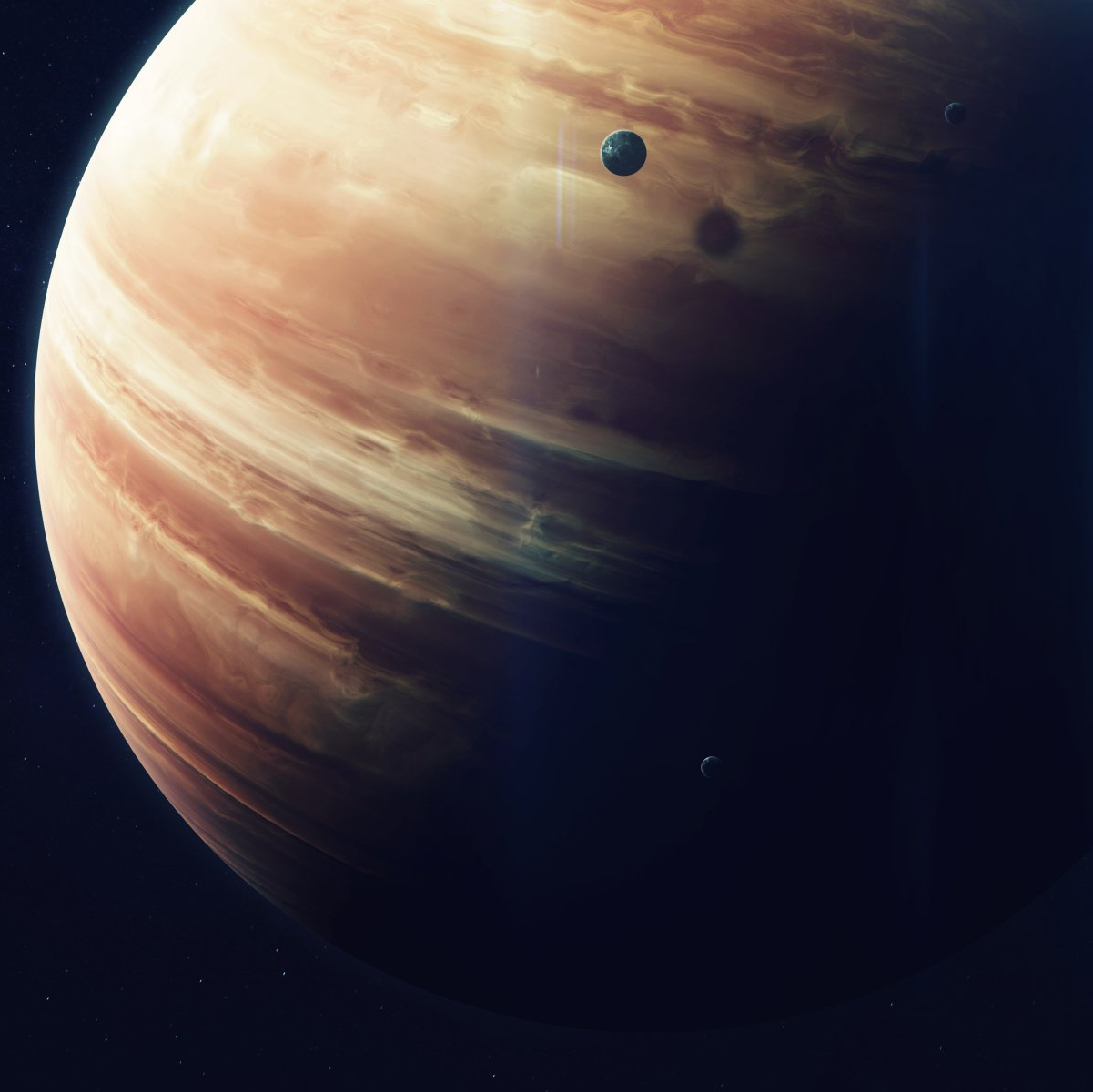

2. Jupiter is the fastest spinning planet in the solar system.
Big doesn't always mean slow. Jupiter spins on its axis at 45,300 km/h or 28,148 mph. This is two and a half faster than Earth at its surface and about 30 times faster at the outer surface.
Did you know?
Because it is spinning so quickly, the planet has flattened at the poles and bulged at the equator.
3. Jupiter has the highest gravity in the solar system.
Gravity is measured in g or m/s2. Gravity is dependent on mass, size and density of an object. On Earth, we are used to living in a steady pull of 1 G. Jupiter, has a steady pull of 2.528 g. This is a force you would experience on a high-g rollercoaster. For perspective Stealth found at Thorpe Park, UK has a g-force of 4.5 g.
Did you know?
If you could stand on Jupiter, the gravity would increase your weight substantially. If you weighed in at 10 stone on earth, on Jupiter you would weigh 25.2 stone.


4. Jupiter has the shortest day of all planets
A day on Jupiter is called a Jovian day. It takes just 9 hours, 55 minutes and 30 seconds to spin on its axis in a full rotation. This is just over a third the length of an Earth day.
Did you know?
All of the gas giants have shorter days than Earth. Uranus has the longest day of these planets with 17 hours, and Saturn has the shortest with just 11 hours.
5. Jupiter has the biggest moon in the solar system
Jupiter's moon Ganymede is the largest moon in the solar system. It is actually larger than Mercury. If it was not orbiting Jupiter its characteristics could label it a dwarf planet.
Did you know?
Ganymede is not just the largest moon, it holds another title due to the fact that it is the only moon that is known to have its own internally generated magnetic field.
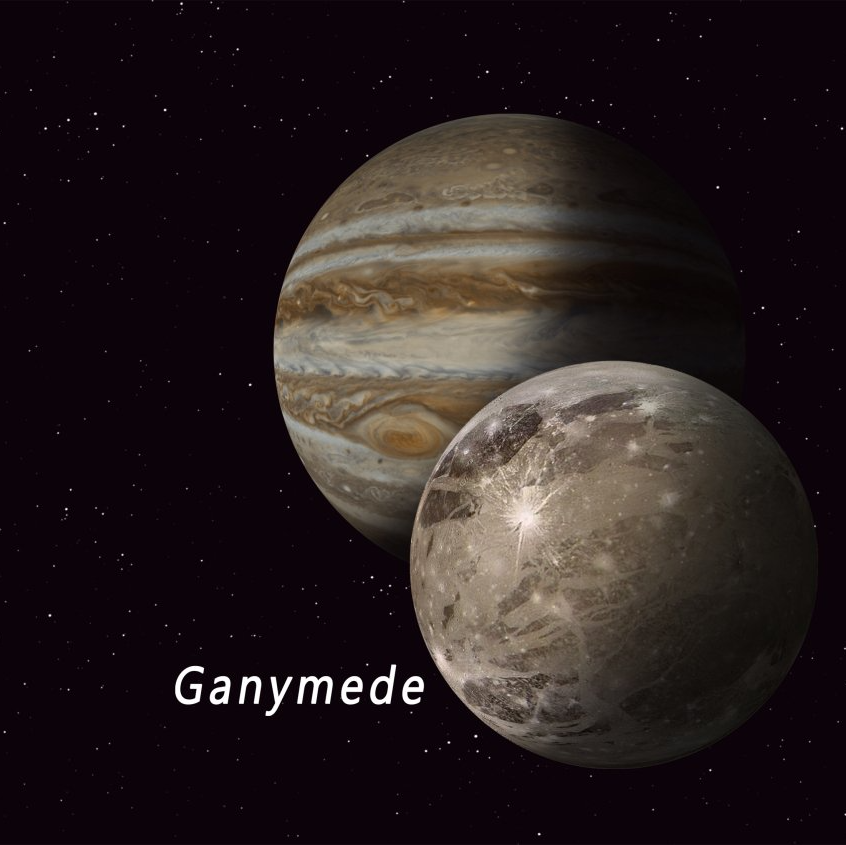

6. Jupiter's Red spot is a giant storm.
The storm, classed as the largest storm in the solar system. It is named the Great Red Spot and has a diameter of 24,000 km and height of 12-14,000 km. This is three times the diameter of Earth.
Scientists believe that the first record was in 1665 to 1713 by Giovanni Cassini, meaning the storm has existed for at least 360 years. However, there was a long gap to the next observation in 1831. In 1878 continuous observations began, making it at least 189 years old in 2020.
Did you know?
Scientists believe that the storm has been shrinking. Based on Cassini's observations in 1665 The Great Red Spot was estimated to be 40,000 km in diameter. If this is correct, it has shrunk by 16,000 km and astronomers do not know whether it will disappear eventually, they are however relatively sure that another one will emerge.
7. Jupiter's moon Io is the most volcanically active body in the solar system.
There have been over 400 volcanoes discovered on Io so far, with approximately 150 of them erupting at any given time. There eruptions propel sulfur, sulfur dioxide and fragments up into atmosphere at heights of up to 500 km into space. These cover the surface of Io with black, red and white and supplies Jupiters extensive magnetosphere.
Did you know?
There is only 4 volcanically active worlds in the solar system. These include, Jupiter's Io, Earth, Saturn's moon Enceladus and Neptune's moon Triton.
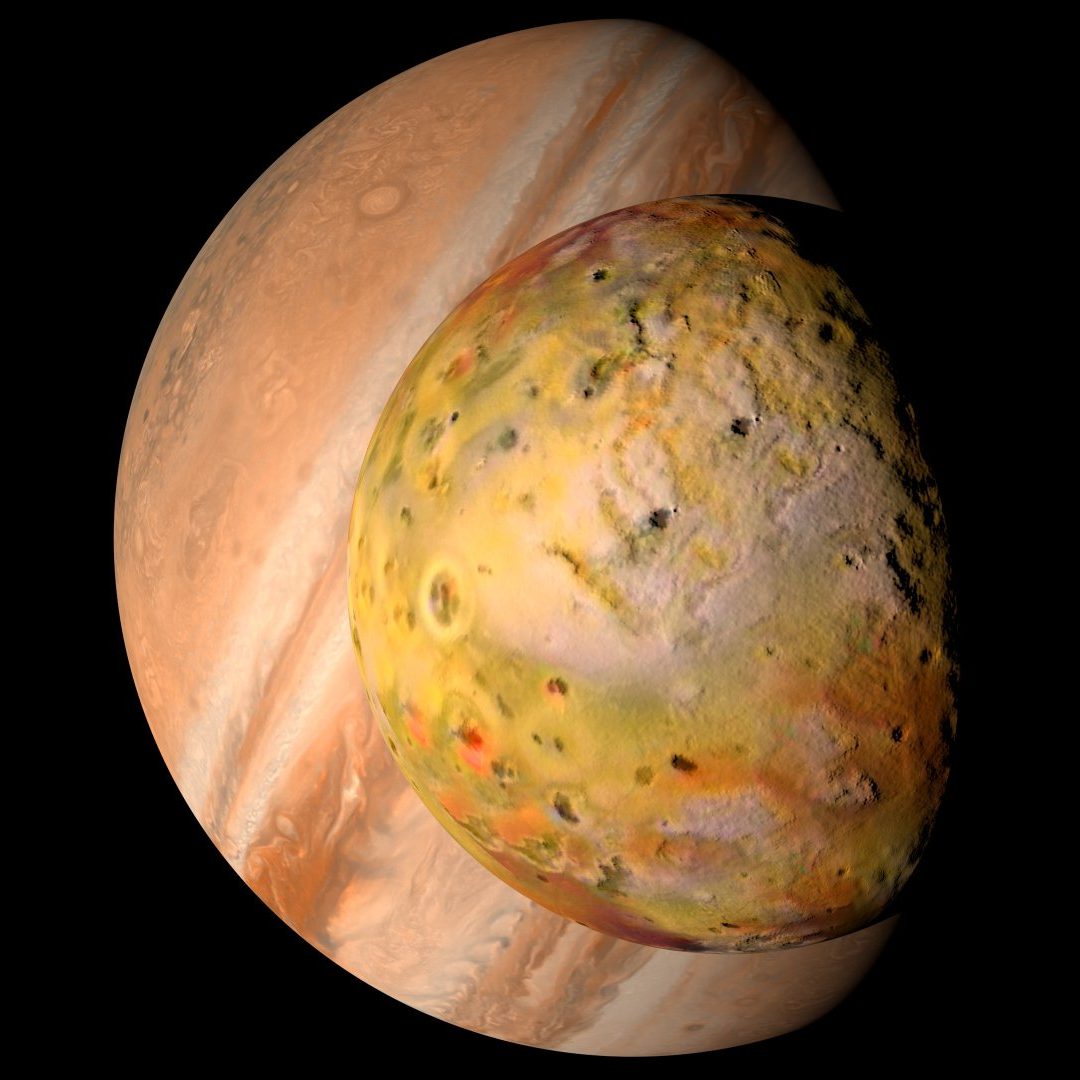
8. Nine spacecraft have visited Jupiter.
Jupiter is the most visited outer planet in our solar system.
Exploration started with Pioneer 10 in 1973, since then there have been 8 further missions to analyse both Jupiter and its moons.
Did you know?
In December 1995, The Galileo spacecraft was the first and only spacecraft to successfully send a probe into Jupiter's atmosphere.
9. Jupiter has 79 moons.
Scientists continually discover new moons as technology improves. In 2016, Scientists had officially discovered 67 moons. This gave Jupiter the title of planet with the most moons, however, a further 10 have now been found taking the total up to 79 moons. 53 have names and 26 are awaiting names.
Did you know?
In 2019, A technological advancement led to the discovery of a further 20 moons orbiting satellite. This knocked Jupiter off the total spot. Saturn now has 82 moons, followed by Jupiter at 79.
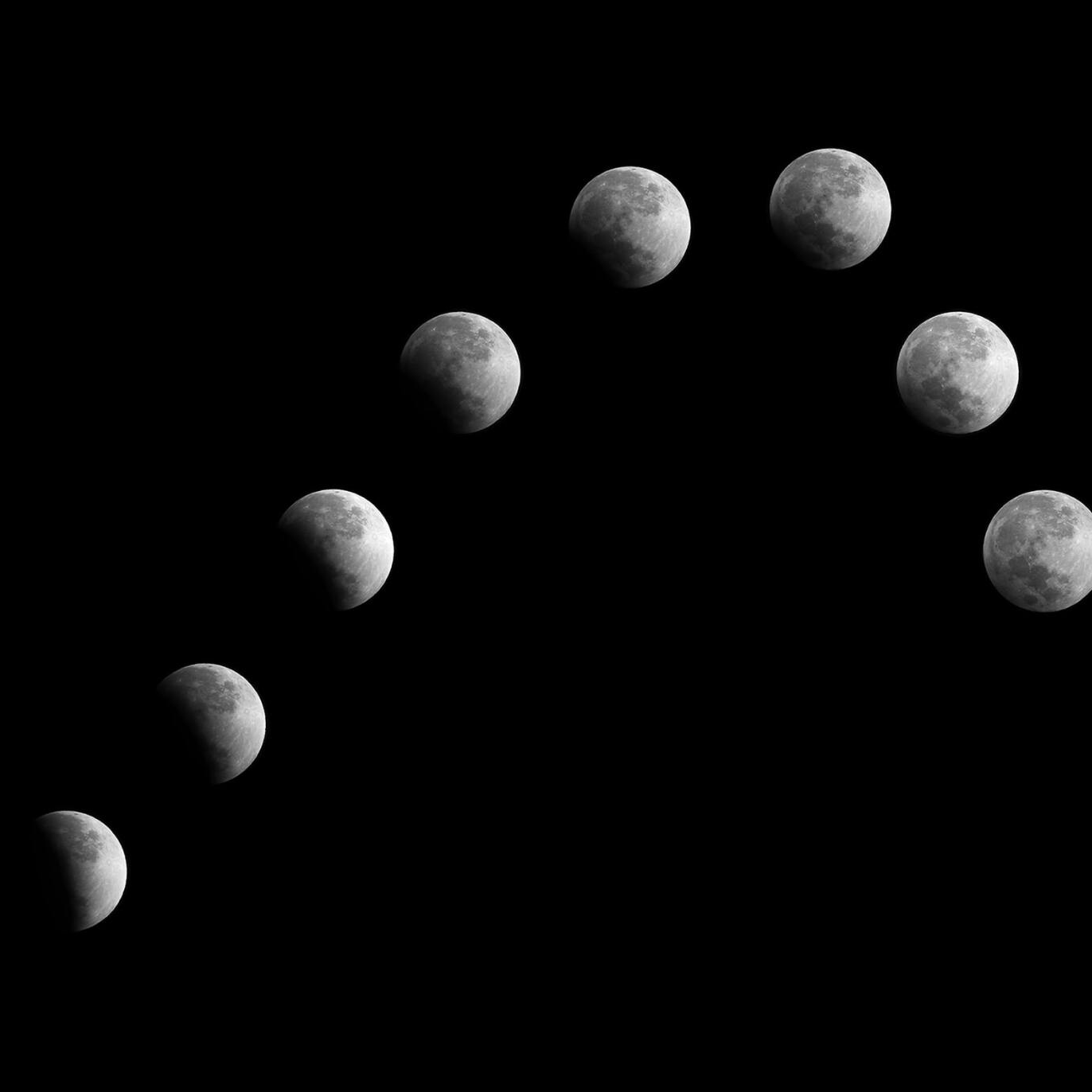
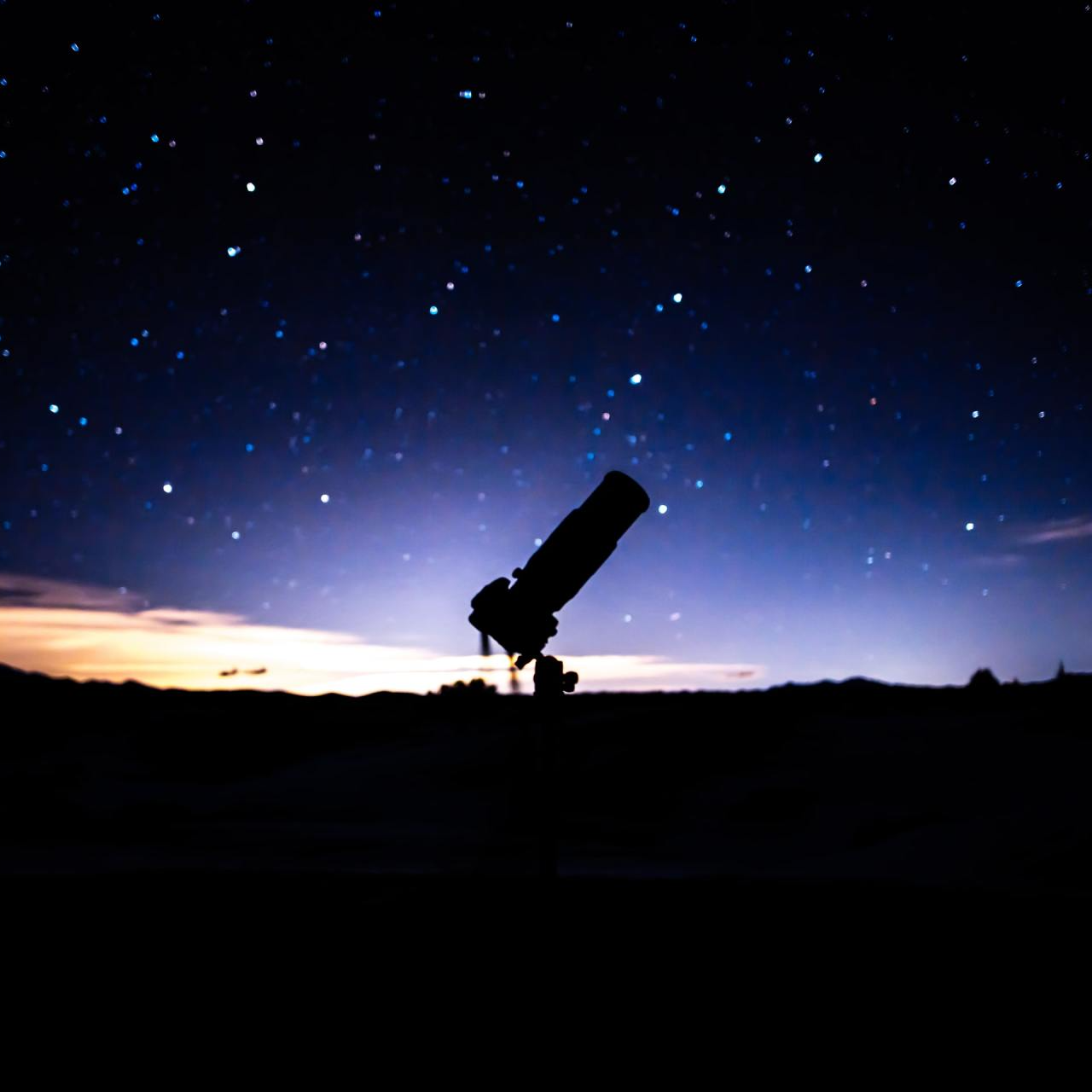
10. Jupiter has 4 rings.
When you think of ring systems, Saturn usually comes to mind. The rings of Jupiter were the third discovered in the solar system after Saturn and Uranus.
The Jovian ring system was discovered by the Voyager 1 space probe in 1979. These rings are reddish in colour apart from the halo ring, the closest to the planet which is neutral or blue in colour.
Did you know?
The Jovian rings are so faint, that from Earth the largest available telescopes to see them.
More Jupiter Facts and Products
© Copyright 2021 Space-facts.co.uk
View our other facts sites: www.animal-facts.co.uk
